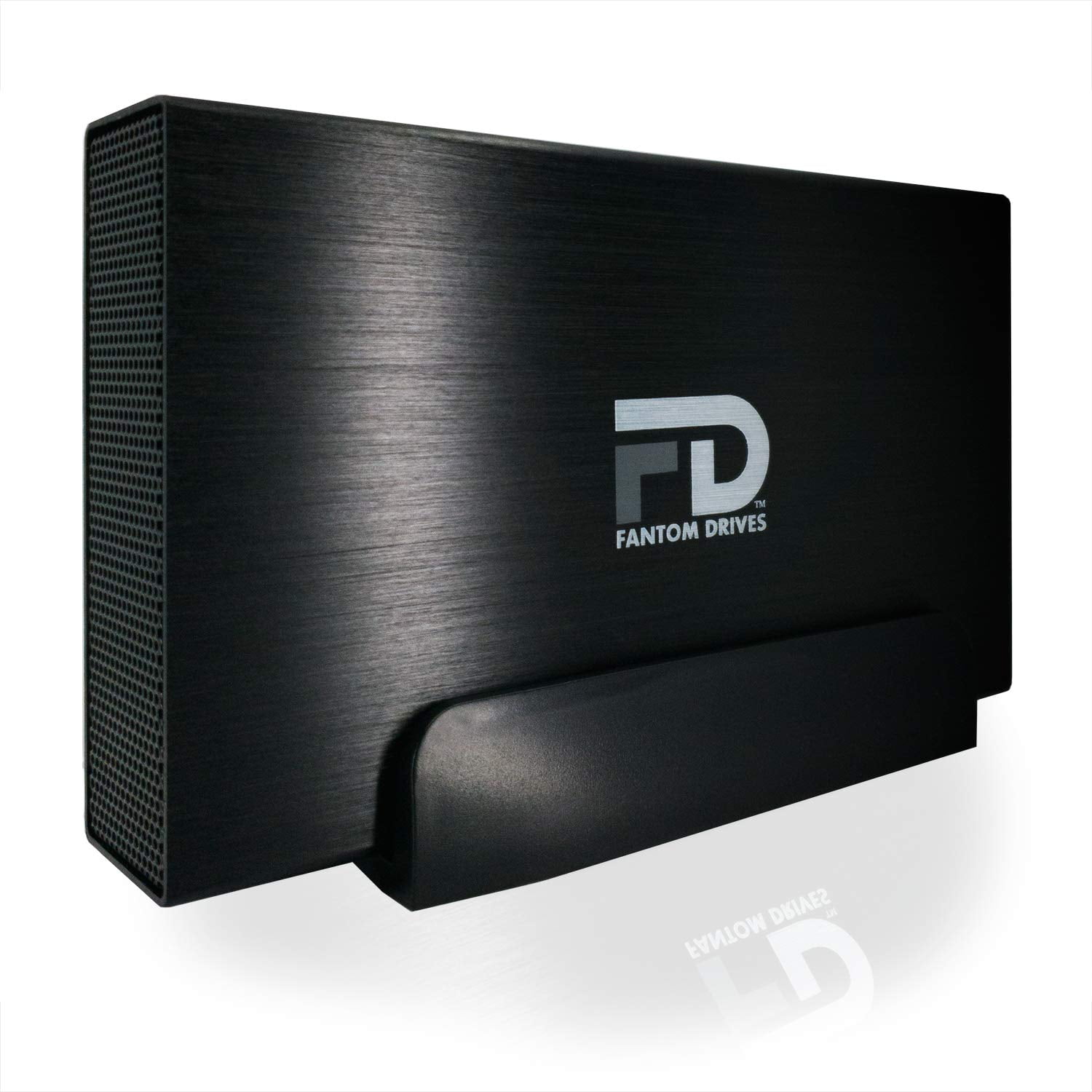

- MACBOOK EXTERNAL HARD DRIVE CASE HOW TO
- MACBOOK EXTERNAL HARD DRIVE CASE WINDOWS 10
- MACBOOK EXTERNAL HARD DRIVE CASE PC
- MACBOOK EXTERNAL HARD DRIVE CASE MAC
However, you may encounter a “Not Initialized” error when connecting the device to your PC. Typically, external drives are formatted out of the box.
MACBOOK EXTERNAL HARD DRIVE CASE WINDOWS 10
Windows 10 lists optical drives differently. Windows 10 typically lists an external drive as Disk 2 along with the next successive alphabetic label if you don’t have any other internal disk-based storage.

MACBOOK EXTERNAL HARD DRIVE CASE PC
If your PC has a secondary “data” drive (D:), Disk Management assigns it as Disk 0. Your PC’s primary boot drive (C:) hosting Windows and other programs appears as Disk 1. Step 1: Right-click on the Start button and select Disk Management on the Power User menu. The process is less straightforward in Windows than what you see on a Mac, but it’s now easier than ever. But let’s go through the important steps you need to know to quickly partition the drive while working on Windows.
MACBOOK EXTERNAL HARD DRIVE CASE HOW TO
We have a full guide on how to complete the process from Windows 10 here. We have guides for Windows and MacOS in case you need a helping hand. Make sure you back up anything important before beginning the formatting process.
MACBOOK EXTERNAL HARD DRIVE CASE MAC
It’s not the ideal solution - we get it - but it works nonetheless.īefore digging in, select a primary format you’ll use the most: MacOS Extended if you primarily use Mac with a secondary exFAT partition, or NTFS if you mainly use Windows 10 with a secondary exFAT partition.įinally, formatting deletes all data stored on the drive. With all that in mind, our guide splits the external drive in half: One primary section capable of storing files larger than 4GB, and a secondary section capable of sharing files between MacOS and Windows 10. If you want to save larger files, you’ll need to create a second, dedicated space using a format optimized for MacOS (Extended) or Windows 10 (NTFS). That puts you in a peculiar pickle, limiting any shared file between the two platforms at 4GB or smaller. Meanwhile, the NTFS system used by Windows 10 supports large files, but this format can’t be read natively by MacOS. However, this format doesn’t support larger files, which can be problematic for transferring 4K videos and so on between Macs and Windows 10 PCs. It’s a simpler, universal method if every file you store is less than 4GB in size. Leo Watson/Digital Trends It’s a split, niche scenarioĪ quick Google search may lead you to believe you’re on the right path by formatting the entire drive with Extensible File Allocation Table, or exFAT. You might also want to check out the best PS5 external hard drives. So we look not only at the versatility and general performance of the drives - across a number of benchmarks - but also their relevance to specific use cases, after sales and warranty as well as sheer value for money. That however came at the cost of endurance, especially at the lower end of the market and is likely to be an issue if you use our SSD storage extensively.Īll newer MacBook and desktop Macs (iMac, Mac Mini, Mac Pro) come with one or more Thunderbolt ports which are also compatible with USB Type-C. While we will talk mostly about hard drives as storage device write and read on spinning metal or glass platters, we have to mention SSD (solid state drives) as well as they have grown both in capacity and in performance. Best external hard drives for Mac: How we chose them? There are other things as well, including a rugged build if you plan on taking it out in the field with you, and portability if you plan on traveling around with it. If you’re storing very important files, especially for work, consider getting one that has more robust security features. Many external hard drives have USB 3.0 connections, but since MacBooks and Mac accessories rely on the power and data transfer speed of USB-Cs, USB Type-C or Thunderbolt 3 or 4 connections are certainly favorable. Finding one that’s not only affordable, but has enough storage space – a minimum of 1TB is highly recommended – for your present and future needs is definitely ideal, even if you have more than enough money to splurge for something expensive.Īnother deciding factor, however, is the connection. Of course, those two things are absolutely vital. When choosing the best external hard drive for your Mac, you need to consider other things beyond storage capacity and price. What to look for in a external hard drive for your Mac

It's more pricey than the other drives of its capacity, but the extra security it offers will be well worth it for many people. When you consider all that extra security, the prices won't scare you away either. What's more, the data is encrypted by the 256-bit AES protocol, with multiple forms of protection in place to ensure the bad guys don't get in no matter how persistent. If someone tries to tamper with your iStorage drive, you can configure it to self-desturct. If you're worried about people getting access to your data if your external hard drive is stolen, than you'll like the iStorage drive here.


 0 kommentar(er)
0 kommentar(er)
